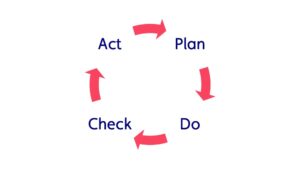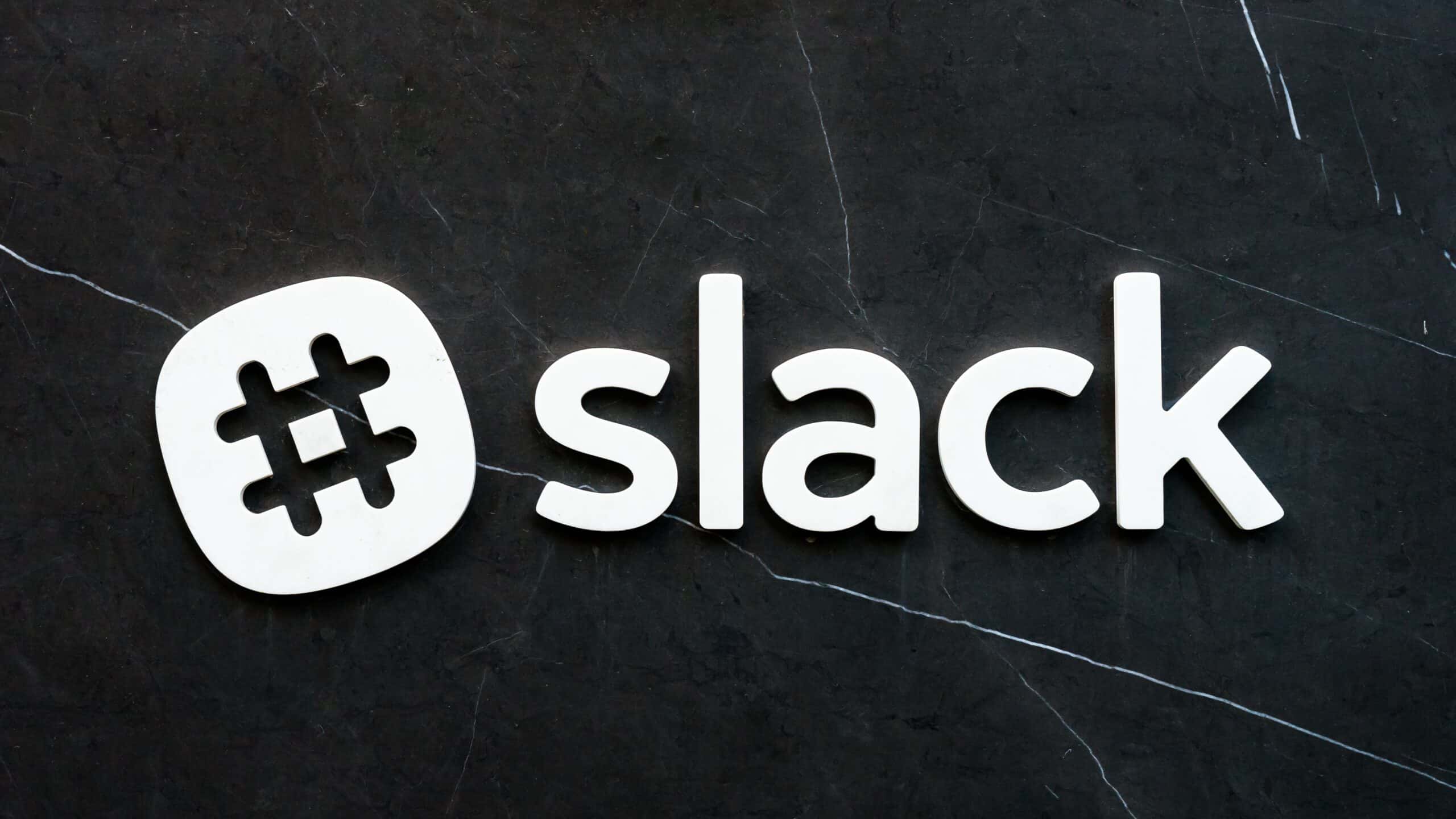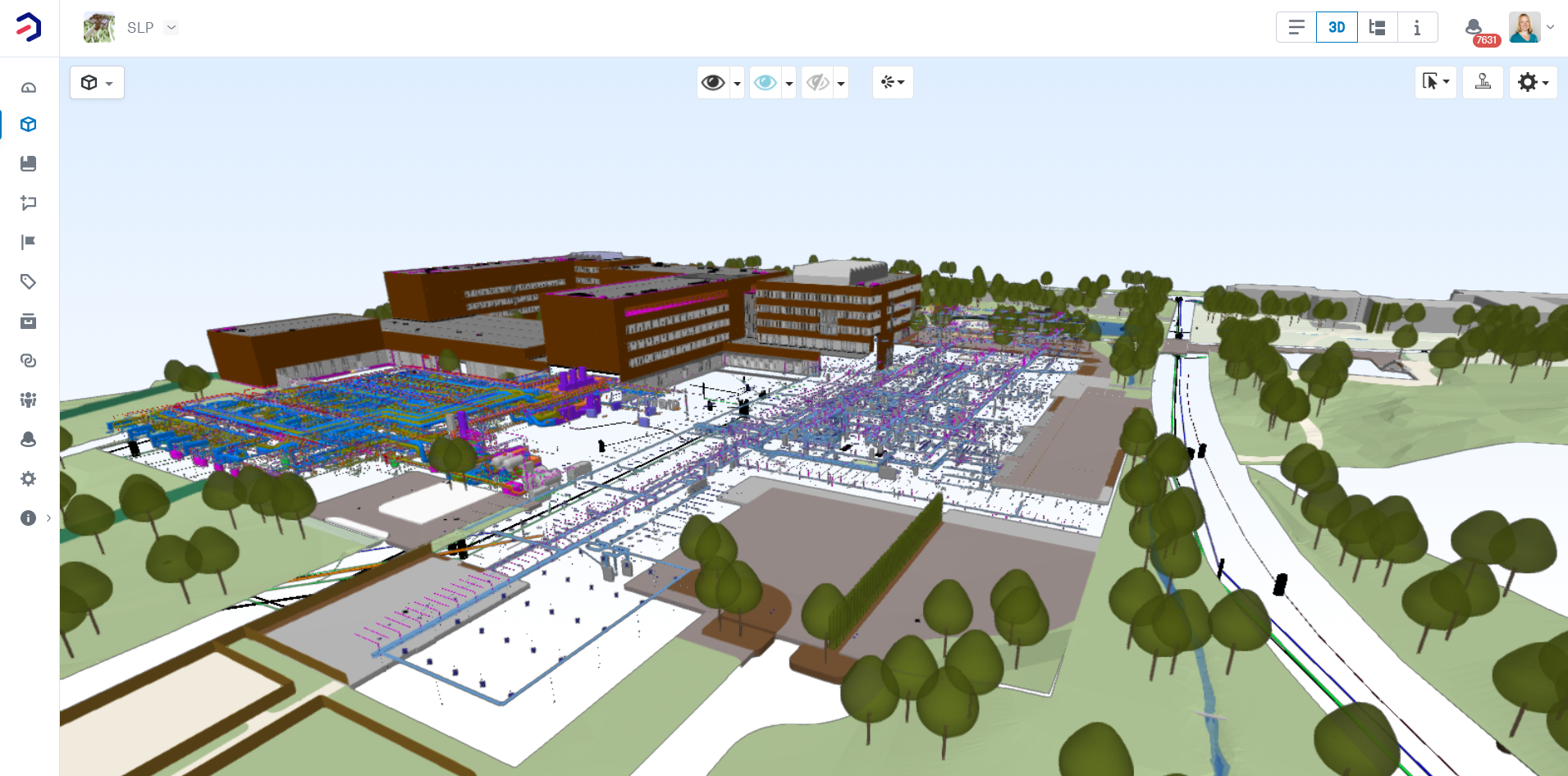Today, ten years after research and multiple experiences, Lean Construction is starting to take hold in the sector. The path is correct. Success lies in the meeting of BIM (Building Information Modeling) and Lean, where technology and the culture of work efficiency merge. In figures: an 80% reduction in process volatility and the availability of advanced information for better decision making. Among the many possibilities, the Open CDE (Common Data Environment) Catenda Hub (previously Bimsync) platform aligns with remarkable accuracy.
What is Lean Management in Construction?
Lean is based on searching for the most efficient production system, focusing on identifying and eliminating everything that does not add value to the final product. To this end, it establishes five premises:
(1) Define the concept of value;
(2) Define the most efficient process for the production of the product;
(3) Eliminate volatility in the production process by establishing a continuous workflow;
(4) The use of the pull system: that the production is activated from the demand;
(5) Continuous improvement.
In these terms, it is easy to identify the methodology of an industrial production system. The origins actually date back to 1945, when World War II brought the Japanese auto industry to its knees after the devastation of the country. To create from scratch, one had to give a lot with almost no resources. This is how the concept of lean was invented in 1987 by MIT (Massachusetts Institute of Technology, Boston): “more with less”.
Lean Management is here to stay. It gained followers and was replicated in other sectors such as administration (Lean Office), health (Lean Healthcare), accounting (Lean Accounting), … and also in construction: Lean Construction. Its implementation guarantees the creation of a project according to the promoter’s requirements, with optimal management in which everything that is dispensable, unforeseen, or restrictions have been eliminated and always under the demand of the agent that precedes in the production chain. All this results in an experience that is collected and analyzed to continue improving and rolling endlessly (Deming’s cycle) towards excellence in work.

There are many experiences in implementing Lean Construction, but especially in construction work processes. In this field, it has been demonstrated that the simple application of tools such as the 5S or the Last Planner System can directly reduce the cost of execution by 40% and reduce the time by 25%.
But just as BIM (Building Information Modeling) is not 3D modeling, Lean Construction is not the Last Planner System. It is not even a handful of tools that are implemented, and voila! Implementing Lean Management System is to educate to the point of creating new work habits according to established principles. Why not apply them in every productive stage of the construction industry?
BIM and Lean
BIM is the new digital construction management. Today, the building results from collaborative work between multidisciplinary agents communicating through networks, sharing information. Iterations through BIM’s digital data exchange allow parties to react quickly to last-minute changes, those that were once proclaimed as the endemic evil of construction. This agility is the foundation for ensuring a seamless workflow in the construction supply chain. The technologies and software that make BIM are needed to lead the industry into the future and thus into success. Weaving the two worlds together may seem utopian at first glance, but it is pretty tangible.
Catenda Hub and Lean
How does Lean approach the world of construction? Conjugating with the essence of the ideology: the elimination of waste. And what is waste in construction? Everything that does not add value, or rather, is everything that our customers are not willing to pay for. It has been proven that all productivity is achieved with almost twice the effort required in the construction sector. The room for improvement is exciting. To do this, it is essential to locate and eliminate the 8 wastes from Lean Construction:
1. OVER PRODUCTION: Producing more than what is required down the production line
In a so-called construction process… Why order more material than necessary? From a digital model updated in real-time, each participating agent can view the actual measurements of what needs to be executed. The production team can extract, either by measuring on the model or by looking at the budget linked to the model that is hosted in the Common Data Environment (CDE), the actual measurements of what is to be executed. Decisions are based on basic information about the asset being managed.
Another example could be the overproduction of graphic documentation in the design phase. Imagine a cutting-edge, devilishly complicated design, the design team will likely exhaust their efforts generating a thousand images and plans to convey their idea. Being able to share the model with the entire work team offers the possibility of looking at each corner in search of what each agent needs; a joinery supplier can look at them one by one and check, in addition to its dimensions etc.
2. INVENTORY: Having more inventory than is currently needed
Excess of inventory or stock on-site, if not properly stored, can lead to the deterioration of equipment or the possibility of theft.
Managing the site with Catenda Hub (previously Bimsync) allows you to track schedules in real-time. 4D modeling is part of the shared documentation, and therefore you know what will be needed and when. It is neither prudent nor necessary to anticipate orders. At some point in the construction process, the property will likely decide to make a change, or technical requirements will call for a change in the solution. With the collaborative work platform, any changes or incidents are shared in real-time, and the possibility of error in the orders is eliminated.
3. DEFECTS: Generating defective products
In the AECO industry, some of the common quality defects are lack of document consistency (contradiction between specialized documents), non-compliance with regulations, collisions and interferences between disciplines, etc. and, of course, poor workmanship. Producing a defective product means time and investment that should not be wasted.
Using Building Information Modeling (BIM) tools enable to be much more efficient in these terms. When collaborative work and sharing of each step is predominant, it is really easy to limit defects. With Catenda Hub (previously Bimsync), all the documentation generated can be stored in addition to visualizing the models and maintaining open communication between all team participants. Any participant can consult, check and warn of possible anomalies. Remember that in the Lean culture, it is a priority to stop the production chain as soon as an error is detected. It is more economical to stop production than to redo the work, spend money again on materials or labor, and dispose of defective items.
4. TRANSPORT: Moving products unnecessarily
Let’s take a different example from a project or construction site and think about the time it takes you to get from your usual place of work to each of the meetings your job requires you to attend each day. It is not about working from home here. In the AECO industry (Architecture, Engineering, Construction and Operation), site visits and walking through the mud are usually necessary, if not mandatory. That’s where the problems are and where people deal with them.
BIM, in addition to giving us the ability to hold collaborative meetings online, gives us access to virtual reality. Today, it’s entirely possible to optimize our workday by eliminating that physical transportation and the costs associated with it. Tools like V-Rex show us the reality of the site and allow us to make decisions in situ, without having to travel to the site. We are moving from teleworking to digital teleportation.

5. MOTION: The unnecessary movement of products until they reach the point of consumption
Excessive movement, in addition to being interpreted as repetitive physical movement, can also be understood as excessive information movement. Do you know the enormous work of a project manager hunting for answers on a project modification? First the architect, then he/she consults the engineer, meets with the construction team, … approval of the new budget by the property.
Everyone takes their time and sometimes they are not even enough competent to solve the issue. Thus, it is imperative to eliminate these unnecessary information movements. BIM communication tools enable to address questions directly to the competent person as soon as they arise, and at the same time the rest of the team is informed of the event. No one is excluded and with only one operation (movement) actors get the desired result.
6. WAITING TIMES: Time without activity
Waiting for on-site supplies that do not arrive, work crews that are not released from previous tasks, the latency in approving project changes, the delays in reporting incidents that file that takes a long time to open etc. In any case, this is time not spent on production.
To solve this problem, communication must be improved and must show the data available as soon as it is generated. Any notification can be processed just in time and therefore resolved instantly.

7. OVER-PROCESSING: Work or services not requested by the customer
Looking back at the first Lean principle, delivering what is really valuable for you customers is essential. Anything the customer has not asked for can be interpreted as a cost overrun and does not guarantee customer satisfaction.
There are many examples of overproduction in BIM. One that is particularly interesting is LOD (Level Of Development) overrun. Somehow, now that we have modeling tools that allow us to generate an infinite number of building elements with a no lesser number of physical or technical parameters, many professionals succumb to the idea of overfeeding their models with much more than what is necessary for the intended purpose. This overload of information, far from enriching the work, requires time that is not paid for, generates weight in the files that sometimes take days to open, or is simply never consulted. In short: time that is worth money.
8. UNUTILIZED TALENT: The failure to recognize the value of the people on the work team
People are the backbone of any project. Even Building Information Modeling cannot replace them. What it does do is give them a voice and involve them in the end goal. With the right leadership and management, it is possible to bring all the talent that will lead to the success.
Catenda Hub (previously Bimsync) does this through its participant manager, organizing teams, and setting permissions based on each member’s capabilities and responsibilities. However, the access control that Catenda Hub (previously Bimsync) allows, in the hands of a suspicious administrator, can limit access to information to other participants, preventing them from enriching the project or the work. For this reason, it is crucial to be innovative. A good manager will allow his team to work by building trust, making them feel part of the project, and aiming for the same goal: customer satisfaction.
Catenda Hub (previously Bimsync) has successfully met the challenge. Under the primary use as an open BIM tool, it is intended to correct each of the listed wastes contributing to Lean Management of the design or construction execution processes in which the project is located.
See article: Five Good Reasons to Use Open BIM.
BIM is collaboration, and Lean Management System is continuous improvement. Both come together to add synergies and lead us into the future.
“Coming together is a beginning. Keeping together is progress. Working together is success”. Henry Ford.
Azucena García García, Architect, Technical Consultant in Spain and South America for Catenda.




